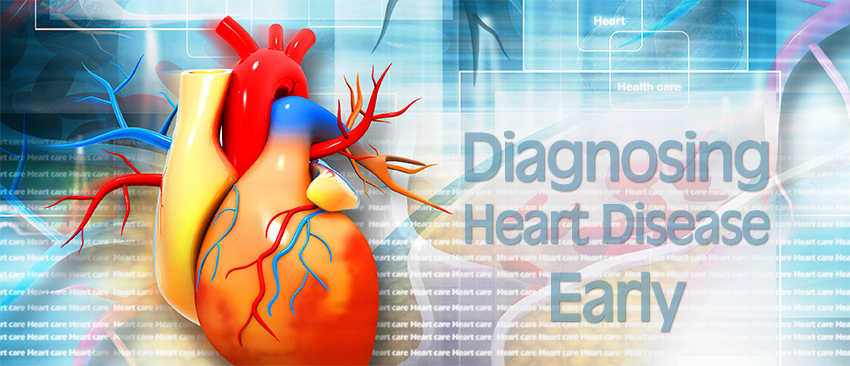
The good news is, during the past thirty-five years, U.S. age-adjusted mortality from cardiovascular disease has declined 50 percent. The bad news is that heart disease continues to be the number one killer in the United States.
Coronary artery disease (CAD) is one of the leading causes of heart attacks and death. It occurs when plaque builds up within the walls of your heart arteries (atherosclerosis). Early diagnosis of plaque build-up is an important key to avoiding trouble before the arteries become clogged or even before a heart attack strikes. Recent innovative strategies are helping us to detect coronary calcification from atherosclerosis, before symptoms of CAD develop.
Calcium Scoring
High-resolution computed tomography (CT) scanning offers the opportunity to get a more precise image of the heart and the coronary arteries. These heart scans, also known as coronary calcium scans, are the most sensitive approach to detecting coronary calcification caused by atherosclerosis. The higher the calcium score, the more coronary atherosclerosis is present, suggesting a greater likelihood of significant narrowing somewhere in the coronary system and a higher risk of future cardiovascular events.
Of course, there are certain forms of coronary disease, such as soft plaque atherosclerosis, that escape detection during this CT scan so it is important to remember that this test is not absolute in predicting your risk for a life-threatening event, such as a heart attack. A coronary calcium scan is most useful for people who are at risk for heart attacks. The goal of cardiac CT scan for calcium scoring is to determine if CAD is present and to what extent. A physician may recommend a screening for patients who have major risk factors - even if they are asymptomatic.
Risk Factors
The major risk factors for CAD are:
- High blood cholesterol levels
- Family history of heart attacks
- Diabetes
- High blood pressure
- Cigarette smoking
- Being overweight or obese
- Physical inactivity
While we continue to make advancements in the detection and treatment of heart disease, it is important to remember that heart disease can, in part, be prevented or significantly delayed with regular exercise and a balanced diet low in animal fats, and high in fruits, fresh vegetables, fish, healthy fats and whole grains.
We also know that even the most health conscious person may not be able to overcome an inherited risk for heart disease. In fact, the more risk factors an individual has, the greater their risk for developing disease. If you are concerned about your risk factors, have a family history of heart disease or if you have experienced symptoms, talk to your primary care physician or a cardiologist. There is a broad range of diagnostic and treatment options available that can change the course of heart disease and significantly enhance your quality of life.